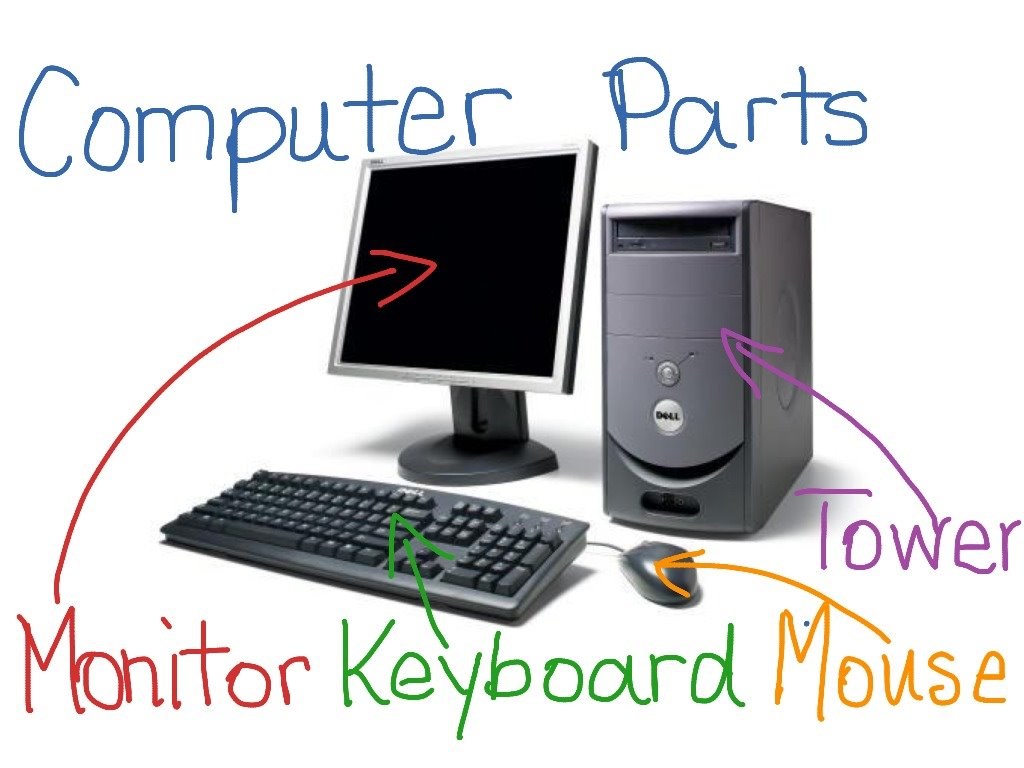The Environmental impact regarding Excess Computer Parts in Tech
In the today's digital world, the need for technology components is constantly growing, causing to the rise of surplus parts as a viable option for both cost-aware buyers and environmentally aware individuals. Excess hardware can offer significant financial savings while also aiding to sustainability efforts by reducing e-waste. As the tech industry continues to progress at a fast pace, many fully operational parts are removed from use, presenting an chance for shrewd buyers to discover top-notch components at a portion of the market price.
Nonetheless, maneuvering through the surplus landscape necessitates a sharp attention and a robust understanding of what to notice. From spotting authentic components to testing for performance, knowing the details of buying surplus computer parts can make all the game between a fantastic deal and a pricey mistake. In this thorough guide, we will investigate everything you need to know about surplus computer parts, including suggestions on executing informed purchases, ensuring performance, and enhancing the benefit of your investments in second-hand parts. Whether you're a experienced gadget aficionado or a beginner seeking to enhance your setup, this resource will equip you with the knowledge necessary to make informed purchases in the domain of surplus computer parts.
Guide to Purchasing about Surplus Computer Parts
When you venturing the world of surplus hardware, it's crucial to get a solid grasp of that you're in search of. Commence by assessing your needs and compatibility requirements specifications. Pinpoint the specific components you are seeking to your build or improvement, whether it’s a graphics processing unit, central processing unit, or memory. Having the system’s configuration will assist you in making informed decisions and prevent purchasing incompatible parts.

Following this, it’s crucial to check the status of the available parts. Seek out sellers who provide clear descriptions and high-quality images of the components. Indicators of wear such as marks, oxidation, or broken connectors can suggest deeper issues. Additionally, ask about the validation processes the seller undertakes to confirm the integrity of the components. This can give assurance regarding your possible purchase.
In conclusion, take into account the provider of your available parts. Purchase from reputable vendors who have good reviews and a refund policy. Web-based marketplaces, community computer shops, and specialty surplus stores often provide a selection of choices. Be patient to evaluate prices and characteristics while being cautious of possible fraudulent products. Through thorough consideration and analysis, you can safely navigate the surplus market and locate high-quality parts at excellent prices.
Standard Evaluation of Excess Components
As you shopping for surplus computer parts, the standard of the components is crucial. https://www.fcsurplus.ca/shopping/products/c376-computer-equipment/ to assess quality is through visual inspection. Inspect the surface of the parts for any wear, rust, or physical damage. Check for scuffed or bent sections, as these can suggest previous damage or extensive wear. It's also important to inspect the ports and connectors for any misalignment issues or debris, which can affect performance. If possible, ask for detailed photos from the vendor to get a better look of the items before making a purchase.
Performance assessment is one more crucial aspect of quality evaluation. For components like graphics cards and CPUs, ask the vendor if they have performed any benchmarks or tests to demonstrate performance. If you have access to testing equipment, you can conduct your own assessments on the parts to ensure they meet your requirements. Ensure that the parts power up correctly and function without issues under load. Trustworthy sellers often provide some form of warranty or refund policy, which serves as a protection for buyers concerned about potential issues.
In conclusion, researching the reputation of the vendor can further confirm the quality of surplus components. Search for reviews and testimonials from past clients to gauge their experiences with the seller's products. Reliable sellers will have a history of providing high-quality components and outstanding client service. Utilizing websites with customer protection policies can also enhance your purchasing assurance, making the experience of buying excess parts both rewarding and secure.
Tips for Smart Buying Decisions
When purchasing extra computer components, it's crucial to conduct research beforehand. Familiarize yourself with the details and essentials of your existing system. Understanding the precise components you need will help you efficiently sift through available choices and steer clear of purchasing components that aren't suitable or necessary. Browse online resources, communities, and reviews to learn what labels and versions have the highest efficiency and durability.
Another important aspect is to check the seller's trustworthiness. Choose reputable retailers or platforms with solid refund policies and customer service. Seek out warranties or guarantees to protect your spending. Looking through reviews from previous buyers can provide insights into the quality of the products being sold.
Lastly, don't shy away to negotiate prices when shopping for surplus components. Many sellers are open to offers, especially on large purchases. Additionally, be on the lookout for seasonal sales or promotion events that can yield substantial price reductions. By utilizing these strategies, you can guarantee you're making smart choices that enhance your benefit while minimizing the risk involved in buying excess computer parts.